Jack before football: the Gaelic sports club that made Grealish great

Jack Grealish’s other sporting life: as a teenager, he played Gaelic football for an historic Irish sports club in the Midlands. We went there to meet the coaches who remember the “natural”, and the kids who aspire to be him – even the ones from the Blue side of Birmingham. Well, some of them.
Life
Words: Craig McLean
Photography: Robbie Lawrence
Jack Grealish covers the new print issue of THE FACE. Get your copy here.
On a grey, late spring evening, on the clumpy fields of Hockley Heath in Solihull, 70-odd pre-teen kids are running around a selection of coned-off pitches.
The training squads, equal numbers boys and girls and aged from five upwards, are chasing, kicking, bouncing and picking up footballs, passing them via punts from their palms or wrists, aiming to score a goal by foot or fist. And, just occasionally, they’re cheerfully barging into each other. Kids get knocked down, they get back up again, they crack on.
Half his lifetime ago, here in the countryside 12 miles south of Birmingham, Jack Grealish was one of these Midlands ballers. Between the ages of 10 and 13, this was the other sporting life of the Manchester City attacking midfielder and new FACE cover star: an enthusiastic player of Gaelic football for John Mitchels Hurling and Camogie Club.
The club was founded in 1939 in Britain’s second city, Jack’s hometown, by Irish expats. It encompasses Gaelic football (which allows the carrying of the ball, passing by hand and fairly feisty tackling), hurling (played with sticks and a bit like an airborne hockey), and camogie (in essence, the women’s version of hurling). From here on, we’ll refer to the sport at which Jack made history as Britain’s first £100 million English player as soccer (for the sake of clarity, not because we’re American johnny-come-latelys).

“Jack joined the under-11s via his uncle Trevor Sharkey – he played for us, too,” says club President Jimmy Walsh, who’s been involved with Mitchels since 1972, five years after he arrived in England from County Clare as a 17-year-old “young fella” in search of work.
The 73-year-old picks up photographer Robbie Lawrence and I from Dorridge train station. It’s a short drive to the 17 acres of farmland that Jimmy and six other members have bought for the club and are busy developing into three full-size pitches – retiree Jimmy, who had his own plant-hire business, is doing some of the earth-moving himself. His grandchildren Darragh Gantley, 11, and Caoimhe Gantley, 14 are in the back of the car, already kitted out in their training strips.
“And Trevor’s still involved,” continues Jimmy of his 68-year-old fellow club stalwart and fellow Irishman, “and so are his two sons and two daughters,” he adds of Jack’s cousins. “Breena coaches the under-12 girls, and her brother Barry plays for the seniors. That’s what happens a lot here: you join through family, or friends.”
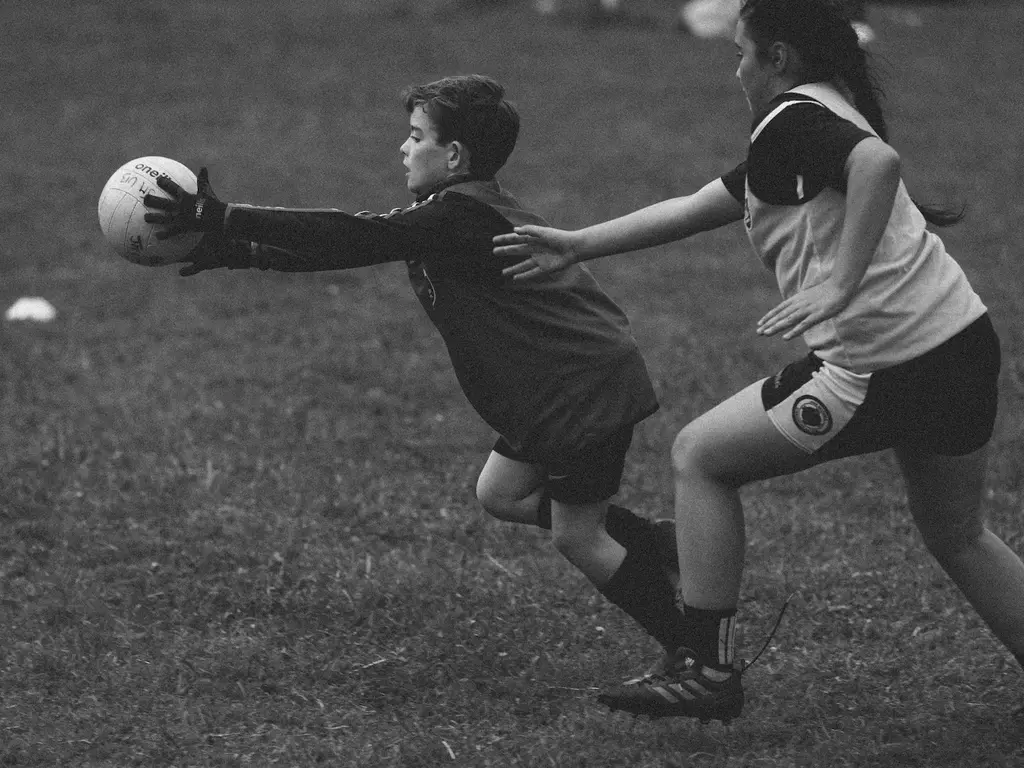

Over 50 years, Jimmy has seen what Mitchels means to first-generation immigrants like himself, and to next-generation Irish like Jack. Even as soccer took over from Gaelic football for him in his early teens, his heritage still mattered: eligible via his grandparents, Jack represented the Republic of Ireland at soccer at all stages between under-16 and under-21 before committing to England.
Equally, given that he’s just ordered 311 new tops for club members, encompassing squads ranging from under-sevens to seniors (adults), Jimmy knows that Mitchels’ reach goes far beyond the Celtic diaspora.
“My grandkids’ friends from school join, and they’ve no Irish connections whatsoever. They come up and they absolutely love the sport. I don’t know if you’ve ever seen a Gaelic football match, but kids seem to adapt to it very, very easy. You don’t have to be brilliant with your feet or your head.
“And it’s a great start for kids,” Jimmy adds. “It’s physical, because you’re shoulder to shoulder. That probably toughens young lads up. Whereas the soccer, it’s leg tackles, really, isn’t it? And Jack seems to have mastered the art of riding a tackle. Jack is a natural athlete. If he had set his mind to it, he would have excelled in Gaelic, probably excelled in rugby…”
Still, Jimmy theorises that it was that hurly-burly that helped put paid to teenage Jack’s time at Mitchels.
“Young Jack was very, very good. He had natural talent. But then Villa snapped him up and, at 13 or 14, they stopped him playing with us. The soccer clubs prevent [youth signings] from playing other sports, if they have potential. That’s possibly, I suppose, because of the risk of injury [in Gaelic football], because they’re investing a lot of the money in them.”

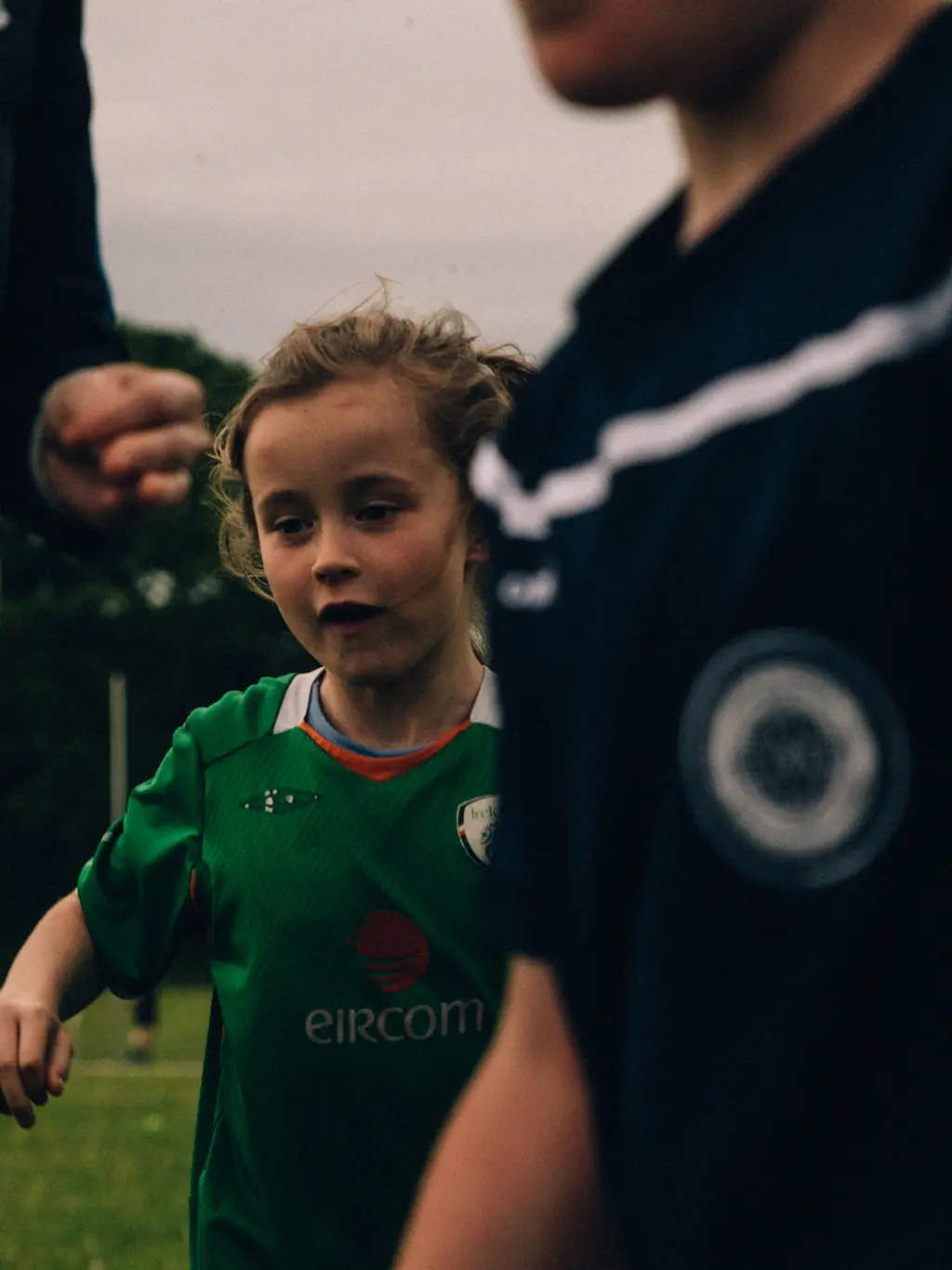

Cadhla Brough
Is there a new Jack Grealish out here tonight on the fields of Hockley Heath? Who knows. Certainly there are sports-mad kids galore, brought up with Gaelic football but keen on soccer, too. Many of them idolise Jack, and some of them are related to him.
But, as it transpires, even if he is proudly One of Theirs, not every kid here is a fully signed-up member of the Grealish Gang. And on this drizzly evening, the outcome of the 2021 – 22 soccer season – with the winners of the Premier League being decided four days after our visit, when Jack’s new club plays his old club – is evoking mixed emotions to say the least.
In Birmingham, a city with an intensely fierce rivalry between Birmingham City and Aston Villa, it turns out that your love of Britain’s sharpest, priciest, FACE-est player will largely hinge on the colour of your preferred shirt. Whether you’re Blues or Mitchels, club allegiances matter.
Jack, surely, would agree.
Darragh Gantley, 11, and Caoimhe Gantley, 14

Darragh Gantley
Darragh: I started here when I was three. I probably tip a little more towards [Gaelic] football, because I play more of it than other sports. But I like them all. I play ice-hockey, and I’m a goalkeeper for my soccer team, and I was with the Blues for two years in goals. In different sports, it’s more tough. You’d be more tired after an ice-hockey session than a soccer session because it’s more of a physical work-out. But I’ve not had too bad injuries at football. I’ve hurt my knee before, it all swelled up. That was probably the worst.
Is Jack an inspirational figure to you?
I mean, not really, no.
Is that because you’re a Birmingham City fan?
Yes! But it’s quite cool that he came through our club, and knowing that people who have previously been in the same shoes as me have gone on to play professional football like that.
If Jack played for Ireland rather than England, would that overcome his Aston Villa-ness?
[Pause] Probably. But not fully.
Caoimhe: I think Gaelic football and camogie are more welcoming and inclusive for girls than soccer is. A lot of people’s main focus is on men’s football. But in Ireland and here, people are pretty equal about men’s games and women’s games. There’s the same craze about both of them.
How inspirational is it to you that Jack came through Mitchels?
It’s good knowing how far you can get playing sports like this, and how they can help you through to be where he is now.
But you still won’t watch him because you’re a Blue?
[Shakes head] The Blues/Villa rivalry is the second biggest in the UK after Celtic and Rangers.
How will you feel if Jack, a John Mitchels boy, helps City win the Premiership on Sunday, by beating Aston Villa?
Er… [existential angst clouds face]
Barry Sharkey, 33, groundworker and Jack’s cousin
I’ve been involved with the club easily since I was seven – I’ve played Gaelic football all my life, my dad brought me up to play it. I’m here with my niece and nephew, they’re seven and five.
You’re seven years older than Jack. When he joined, did he look like a natural?
He was a good player, obviously. He’s a footballer, isn’t he, so he’s got the skills anyway. I was older so we had different training sessions and times. But obviously I remember seeing him at a few games, he was a good little player.
Can you see a link between how good he is at football, and how good he is on these pitches?
Yeah, I suppose, probably at getting past people! There’s a lot of running in Gaelic. Then he brought that to the football pitch. Kinda strides past people, doesn’t he?
He also seems able to ride a tackle.
Yeah, yeah. And he gets hit well, doesn’t he? I suppose that’s helped him out over the years as well.

Kevin McGinnity and Barry Sharkey
Did you get hit a lot playing here?
Yeah, many times. Gave it back many times as well! That’d be one of my strong points, to be fair: getting stuck in. Wouldn’t have a problem doing that. It’s one of them sports. If you’ve played it all your life like I have, you kind of get used to getting hit. So maybe for Jack, he might have got used to getting hit as a young lad playing Gaelic. Football challenges probably aren’t nothing to him. There’s a lot of hard hitting in Gaelic football.
Is it a boost to younger players here – even ones from the Blue side of Birmingham – to know that Jack came through this club?
I’d say for sure. If any kid sees that Jack played for Mitchels, it’s a big achievement to get to where he’s got. It’s good for the kids to aspire to that, 100 per cent. He’s just a normal lad, family to me, who’s come from a normal family.
He comes across as very down-to-earth in our interview.
Yeah. I worked with his dad Kev for years. Before I got into groundworks, Kev taught me to plaster. I remember going round his dad’s house when I was 16 and Jack was still going to school. We used to pick him up, drop him to training, then we’d go to work. Then vice versa: leave work, go and pick Jack up from [Villa training ground] Bodymoor Heath, then Kev’d drop me home. I remember that many-a-time, every week! And I worked with Kev for years. So me and Jack’s dad are pretty close. That’s my mum’s side, and we are a pretty tight family.
There’s a lovely throughline, from this club to the club where he is now. That’s an example for these players to look to.
Yeah, 100 per cent. It’s good for the kids to see. If you put the effort in, you can make it, can’t you? It’s not impossible, is it?
Are you Villa or Blue?
Villa! I’ve no choice. But I won’t lie: my old man brought me up to play Gaelic, so I swing more to that. But I do follow the Villa for Jack. I’d love to see Jack do as much as he can for City – any club he plays for, I want him to do the best he possibly can for that club, and for himself. And they’re playing the Villa this weekend. That’ll be a good game. We’ll see what response he gets!
Trevor Sharkey, 68, retired machine-driver, Barry’s dad and Jack’s uncle (Jack’s dad and Trevor’s wife are brother and sister)
Jack Grealish? Ah, Jack was a good lad now. I never actually trained Jack, but I brought him along. Jack was a good footballer, very good. He got awful abuse as well. But he stuck it – he wouldn’t back down.
Because he was good and that would rile up players?
Simple as that, yeah.
Has that helped him on the soccer pitch?
Definitely wouldn’t have done him any harm. But I’m not really into soccer, I don’t watch it very much. But it probably has. But I’ve never seen him play live. Oh, I did, sorry – I seen one game, he came on as a sub at Villa Park years ago.
But he’s not changed, it seems.
That’s Jack: always the same crack. Down-to-earth kind of a lad. And there’s another one out there – young Cadhla, Breena’s daughter. She’s out there playing. She’s a good friend of Jack.
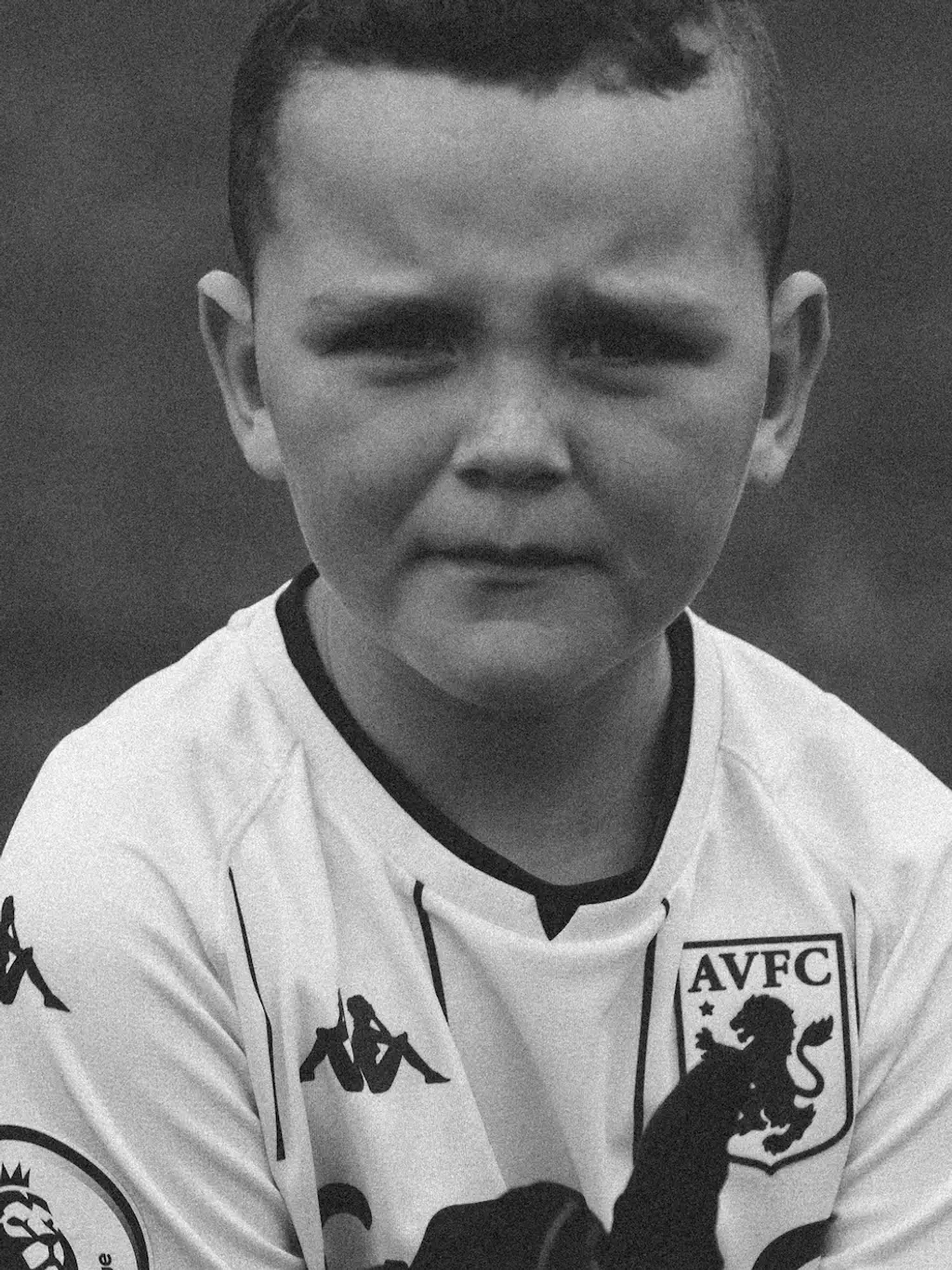
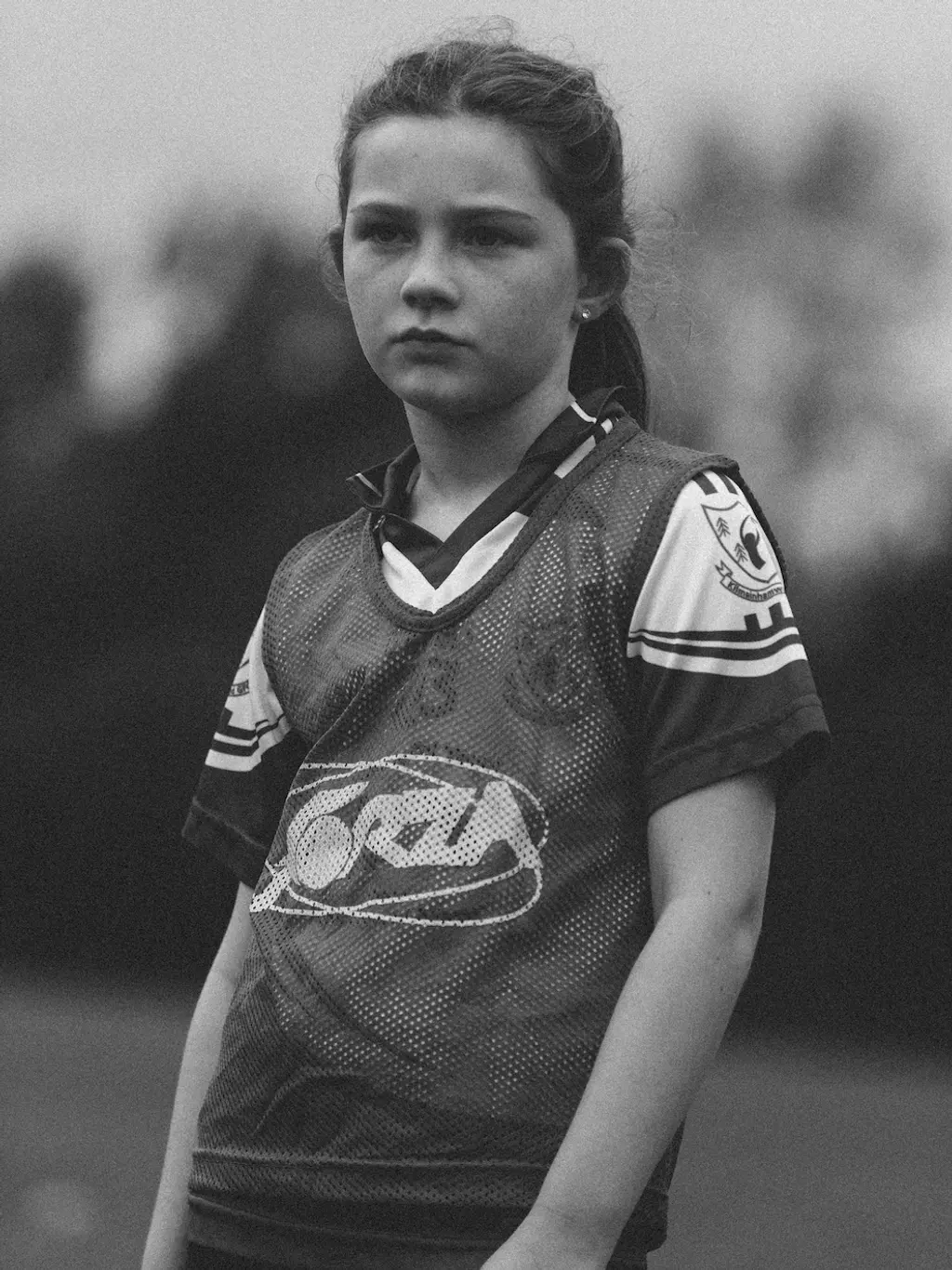
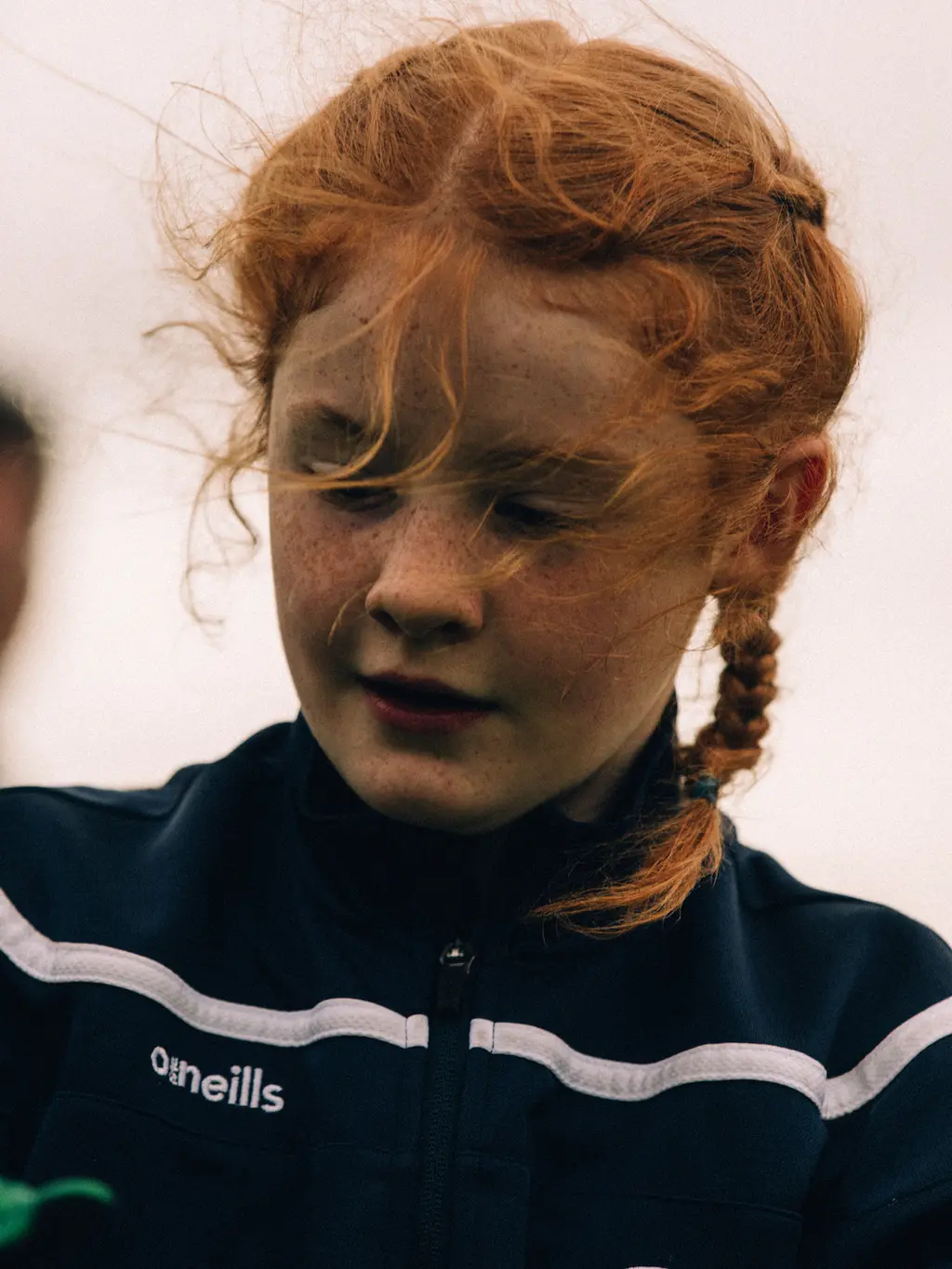
Hugh Greene, 66, assistant coach to under-7’s and retired heavy-duty fitter
You can see how competitive it is here. You just can’t be on the ball for more than a second or two, otherwise it’s taken off you. That’s why you have to be thinking quick all the while.
That’s one advantage – soccer is actually a slower game than Gaelic. And Jack has that speed, that mentality in his head. You have to pick the player out quick, get the pass in, get everything done so fast, because if not you’re gonna lose that ball. It’s not like soccer – you can’t wait for the ball in Gaelic football. That’s where he gets it from, he’s always on the go all the while, looking for the ball.

Hugh Greene
Kevin McGinnity, 50, club chairman and mental health support worker
[Former club manager and coach] Michael Healy got Jack involved, via his Uncle Trevor. Michael said to me from day one: “You need to come and have a look at this lad. He’s a natural.” Jack was connected with the Villa, which a lot of the kids are now, although it wasn’t so much [the case] then. But he was just somebody you heard a lot about. And then as he got a bit older, a bit older, you heard a bit more, you heard a bit more… It’s just a natural ability. You could give him a snooker ball and he’d be kicking around a pitch to no bother at all.
Can you draw a line between his prowess at this sport and on the soccer field?
He can see what’s happening. It’s a different game altogether but there’s a lot of similarities between soccer and Gaelic. It’s about having the ball, seeing what’s around you, being able to use it intelligently. Seeing a pass, bringing other people into the game, retaining the ball. All these things are all related to soccer. And he had that from day one, from what we could see, absolutely.
Do you think being grounded in the Gaelic football helped his soccer proficiency?
His dad has said as much in the past. He was small in stature at the time. And when you’re a good player, you get a lot of attention. It’s supposed to be non-contact at that age but he would get a lot of rattles. But he would just get up and get on with it. So for somebody that was small in stature, he was able to take a rattle and carry on. The fact that he was the most fouled player in the Premier League at one stage is no shock because it was just the same when he was out here.
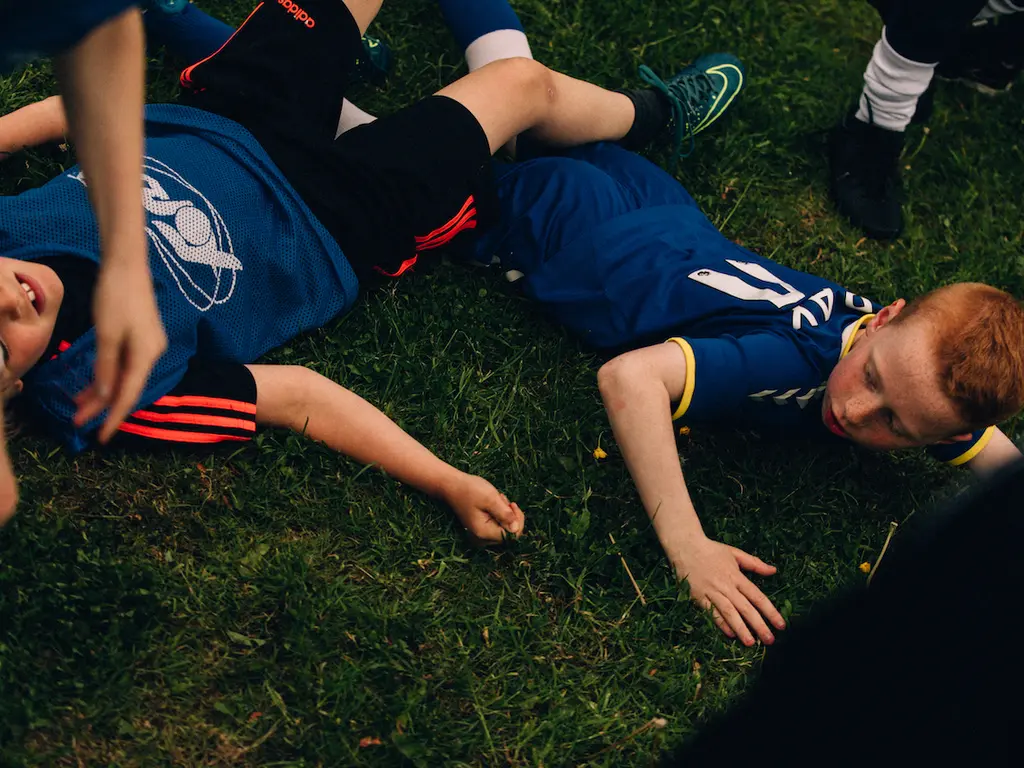
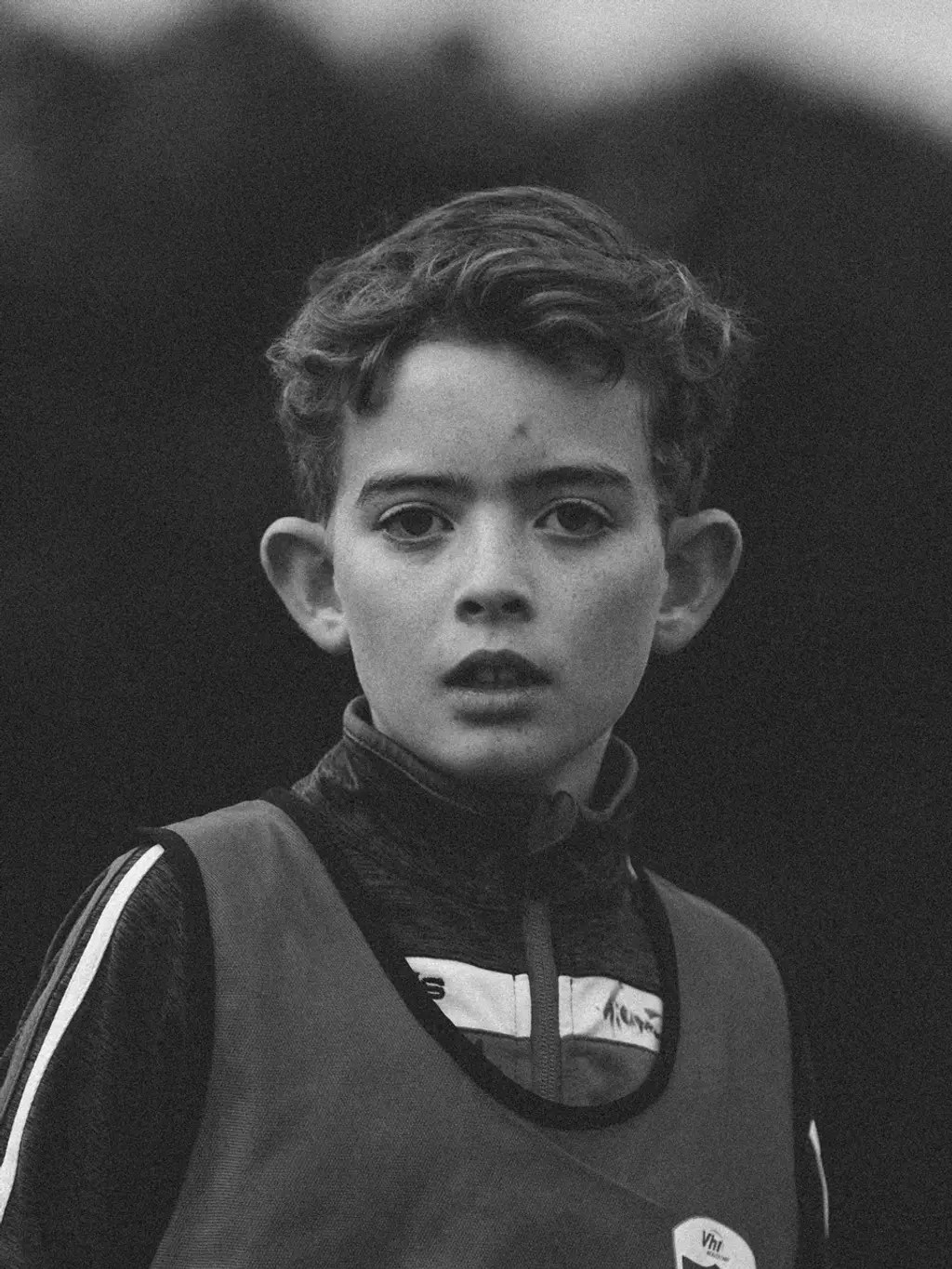
Then as Jack got to around the age of 13, he was starting to get pulled more towards soccer?
Yeah. I mean, I don’t know for definite but I think he’d come and play for us maybe when he shouldn’t have done on occasion, because he just enjoyed the sport and got a buzz from it. Obviously he got contracts at Villa at a very early age, so they were obviously gonna try and protect him and look after him. Because he would get a lot of rattles. But as I say, he was just a nice lad who got up and got on with it, no bother.
Do you think there’s a Grealish Factor – maybe, as I’m discovering, more for the non-Blues side of the city – in terms of encouraging kids wanting to join the club?
Well, I was giving stick to a young lad that’s here in his Man City shirt. I said to him: “Who did you steal that shirt off?” And he said: “Look, I’ve got my favourite player on the back.” And he had “Grealish”. So I think he is [a draw]. You’ve also got Callum O’Hare, who’s a star for Coventry City – he played for us as well. So, they do get mentioned. These kids, although they weren’t around at the time, they know them now, and they’re like: “Oh yeah, they played Gaelic sports.”
You’re Villa, and Man City are playing against you this weekend. How will you feel if Jack helps City take the Premier League on Saturday?
I want to see Villa win every game. But at the end of the day, who wouldn’t want to see the lad doing well? Why wouldn’t you? It’s a great success. He’s one of the richest players in his field, one of the richest in the world. That lad, the world’s there for him. It’s everyone’s dream to be in that position. To go and win the league? Yeah, why wouldn’t you?
Mark McLoughlin, 49, lead coach in the under-11s and primary school headteacher
There’s no doubt Gaelic football is more gender inclusive than soccer. Some of my best footballers are my girls, no doubt about it. And the boys look up to the girls because in fact, whatever you say, the girls are actually more attuned to what’s going on around them.
They’ve more spatial awareness, right?
This is it! The girls do see [everything], because they have peripheral vision at this stage. Whereas the boys are very much [narrow focused], and what they’re interested in is basically just catching the ball and going for the goal, going for the zone. The girls just have a little more of a collegial approach.
In terms of Jack having come through this club, how talismanic do you think he is to the younger kids, knowing that somebody from their club has gone on to achieve what he’s achieved?
There’s no doubt about it: when you speak to those kids who know soccer, those kids who know what Jack Grealish has achieved, been the first [English] £100 million footballer, to know that there’s an association with this club, and he started here…
He’s tough, he gets kicked in soccer, he’s the most fouled player. And he deals with it because of his experience in Gaelic football. That’s a philosophy that we bring into this club here. We ask our children to understand: it’s a physical game, you’re gonna get hit. What do you do when you hit? You fall. Then you have a choice: you either stay down or you get up.
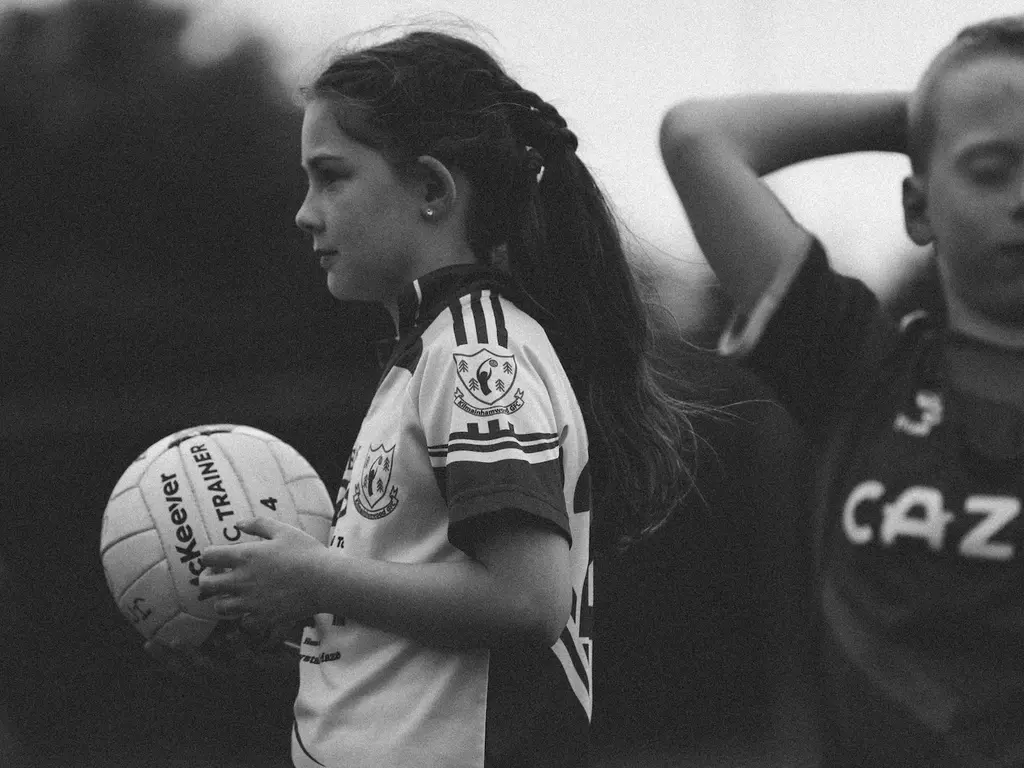
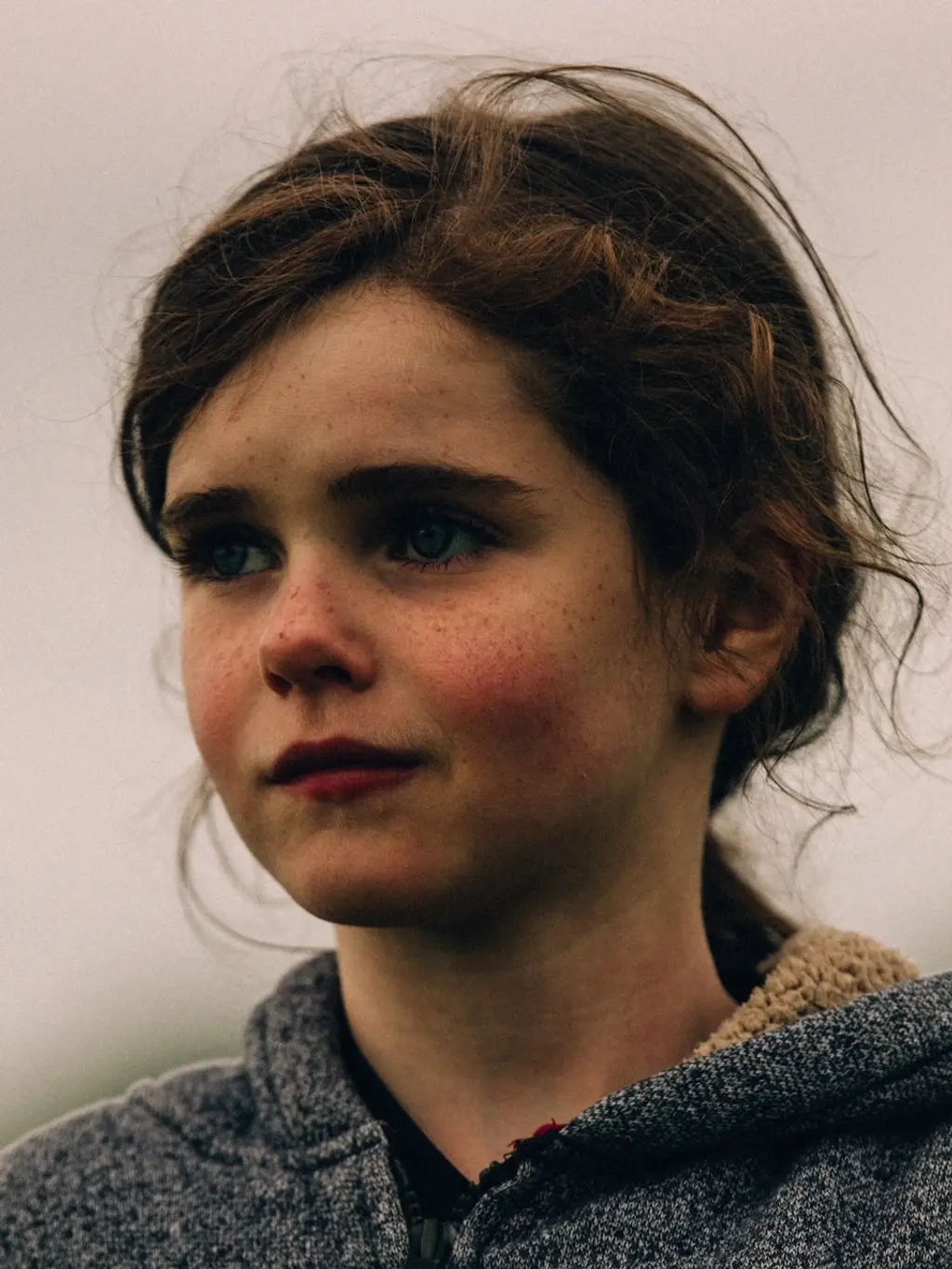
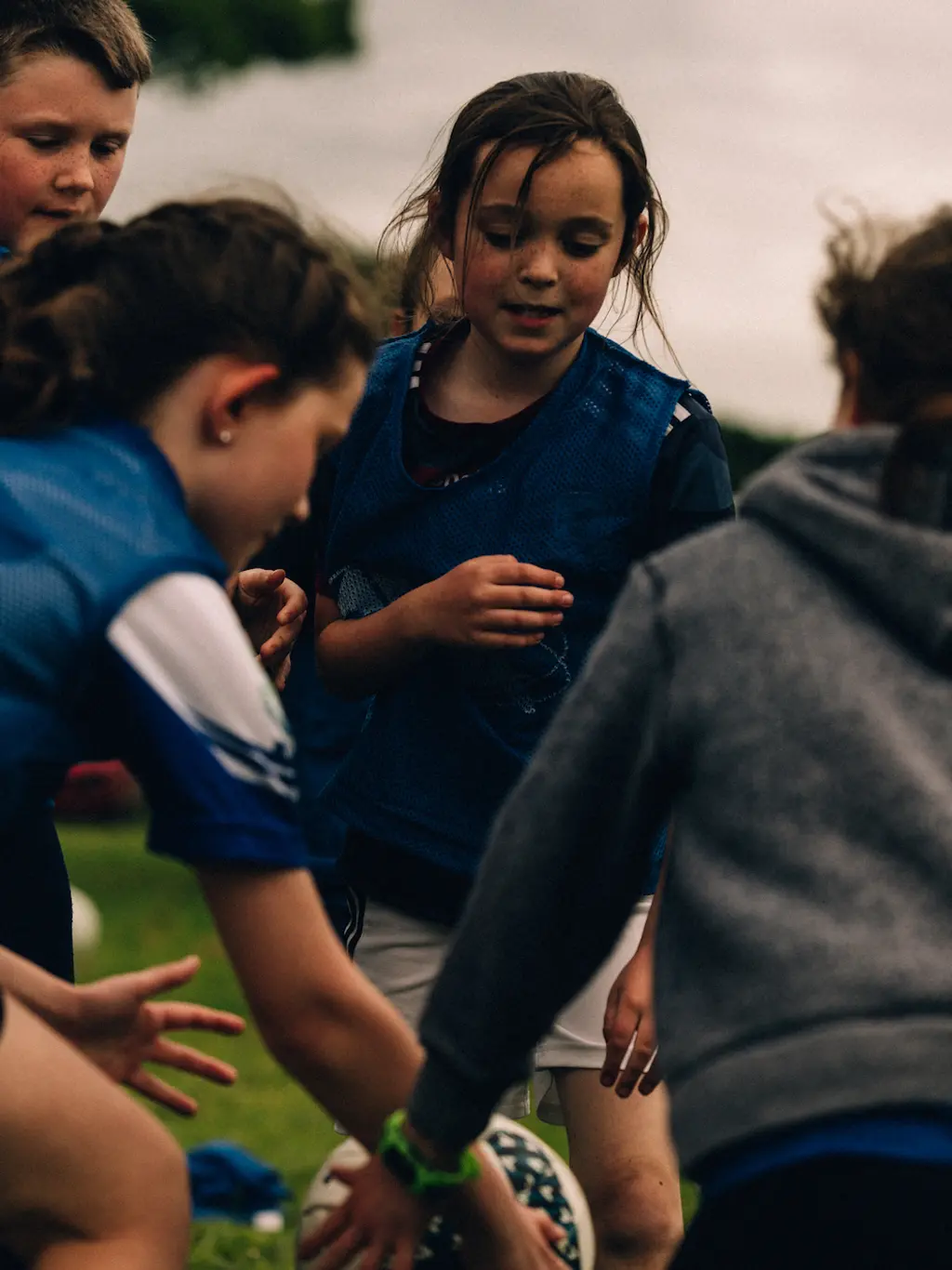
If you get up, you’re going to be like the likes of Jack Grealish, and you can be at the top of your game. Because he’s a player that always got hit. But he was a player, even at this age, was already exceptional and he was head and shoulders [above the rest].
But again, Jack was able to use that, for a club, and a team, and bring all the lads around him. So yeah, for these kids, it’s all about one day being Jack Grealish. Now, it might be [being] Jack Grealish in your job, or you might be [being] Jack Grealish in school. [Because] there are very few people who reach the top of the game and become international athletes, like he has.
To have that affinity with the club is a very positive thing. Why do we have almost 40 [under-11s] kids here tonight? Is it the Jack Grealish effect? I don’t know, but it’s certainly not harming us.
Even for the Blues side of the club?
Do you know what? For these Blues kids, [no matter] the fact that Jack Grealish has now gone on to City, he still wears the Three Lions on his shirt – they still see him as an England player. They can park that [club] allegiance. If Jack Grealish gets England over the line in the World Cup this year, it’ll be: Jack Grealish, England, first; and Jack Grealish, John Mitchels, second.
Niamh Mannion, 12, and Caragh Mannion, 10
Niamh: Gaelic football is just really fun, and because I’ve been doing it for a long time, I really enjoy it.
Caragh: It’s really competitive and I’m competitive
What are your thoughts and feelings on Jack Grealish having been a former member of this club?
Niamh: It’s really cool.
Caragh: I’m a fan! But some of my family support West Brom, and some Villa!
Do you think it’s inspiring to younger kids here knowing that he came through here?
Niamh and Caragh: Definitely.
In what way?
Niamh: He started here and look how far he got…
Caragh: …and how far we could get.
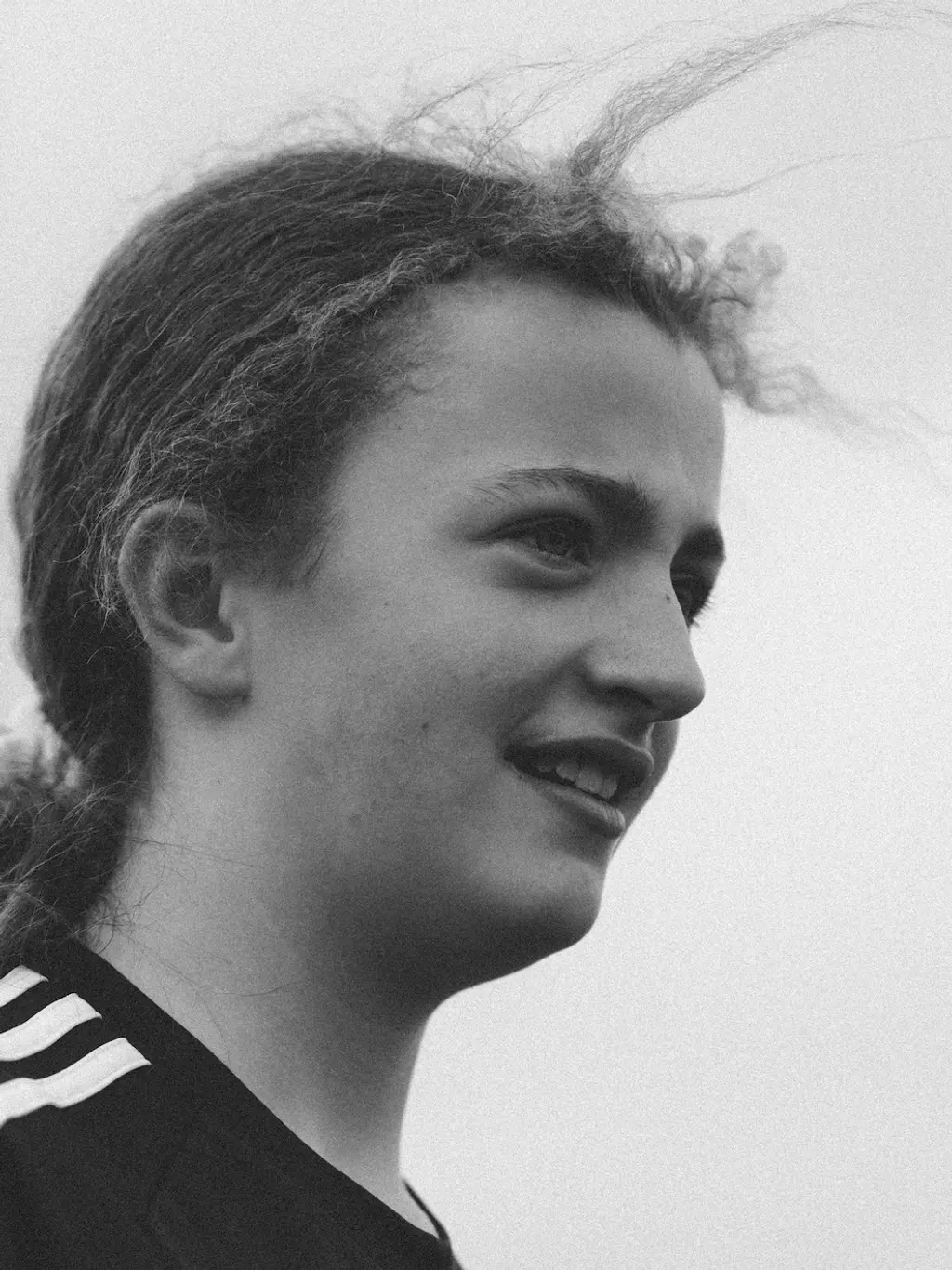
Niamh Manion
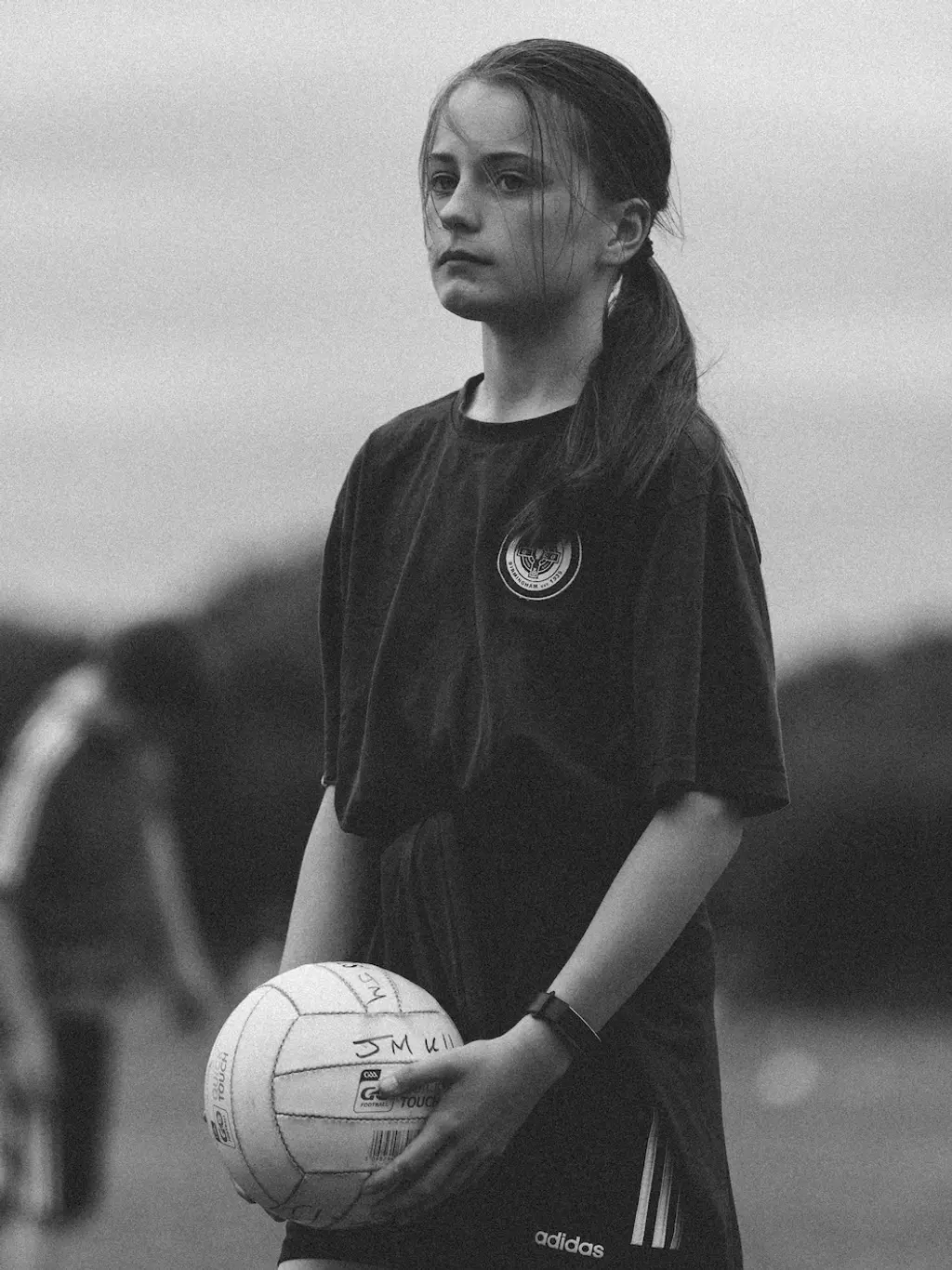
Caragh Mannion
James Cleary, 11, and Ella Phelan, 10
Ella: I’m here because it’s fun and I get to see my friends.
James: It’s hard work, but that’s good.
Any bad injuries?
Ella: A boy kicked the ball over the bar once and it landed straight into my face!
James: I remember that! That was so funny!
I see from your shirt, James, that you’re a Man United fan. What are your feelings on Jack?
James: No.
No feelings? You don’t like him at all?
James: He’s OK. I don’t really have lots of opinions on him. Because I’m a Man United fan! If he played for us I’d like him, definitely.
Ella: I’m sad that he moved because I’m actually an Aston Villa fan. But I still like him! And I want to meet him! I’m friends with his cousins.
What would you tell people who don’t know or understand your sports?
Ella: Go onto Instagram, check out John Mitchels and see if you like it or not and give it a go. ’Cause I did once, I didn’t like it, but I came back and I love it now.
With many thanks to the players, parents, coaches and club members at John Mitchels Hurling and Camogie Club. Listen to wise young Ella and check out their Insta.
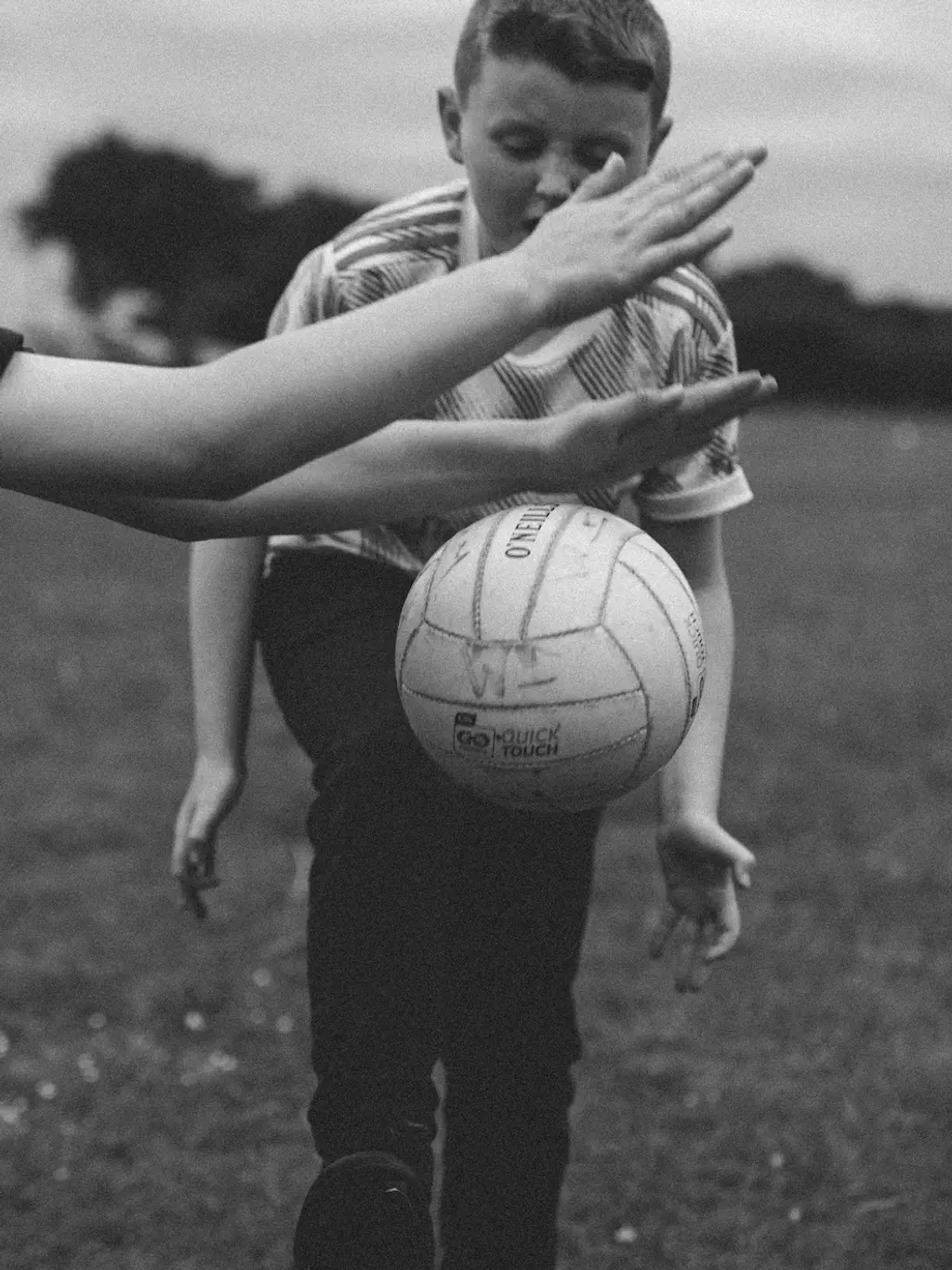
James Cleary
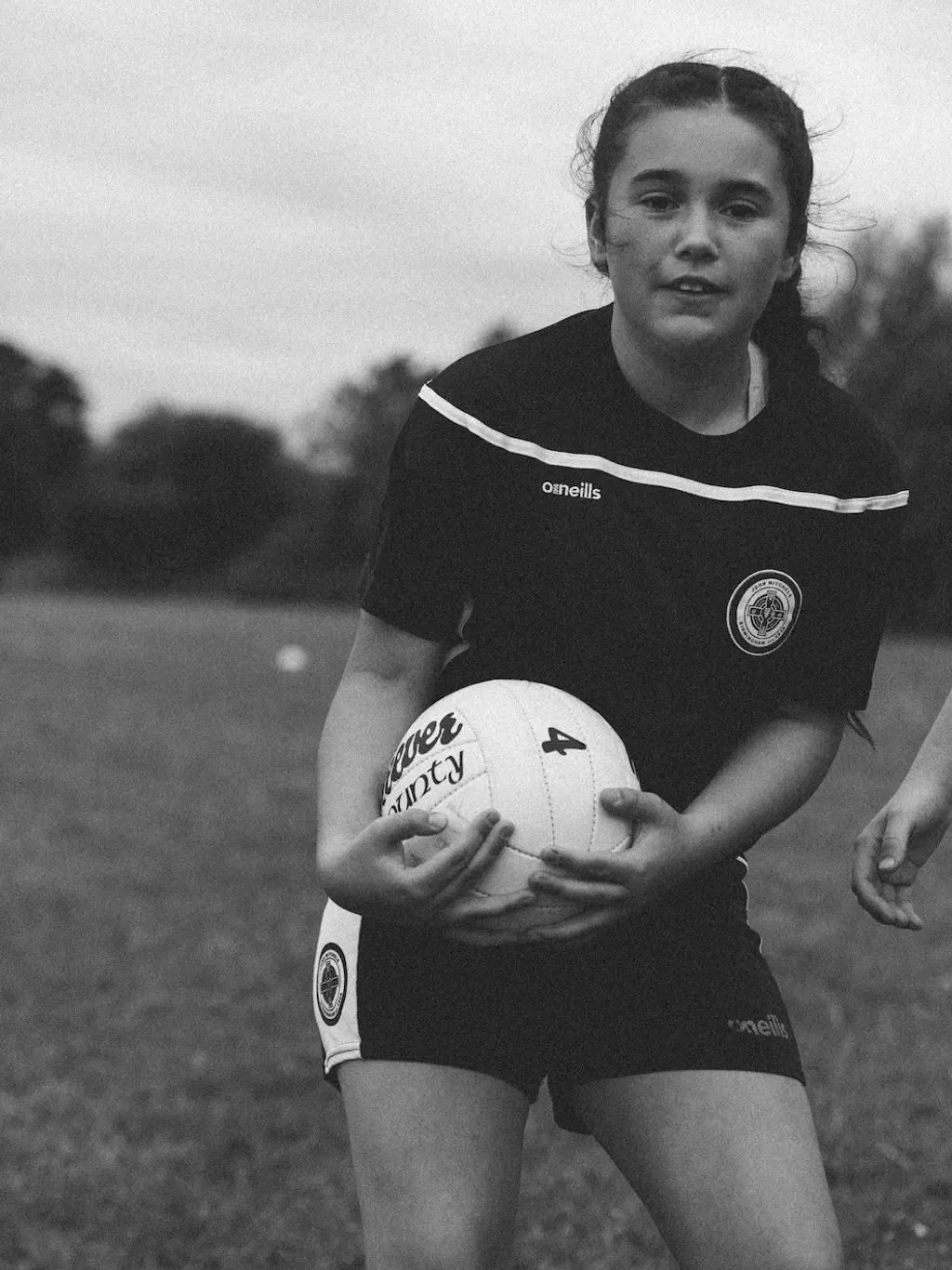
Ella Phelan


















